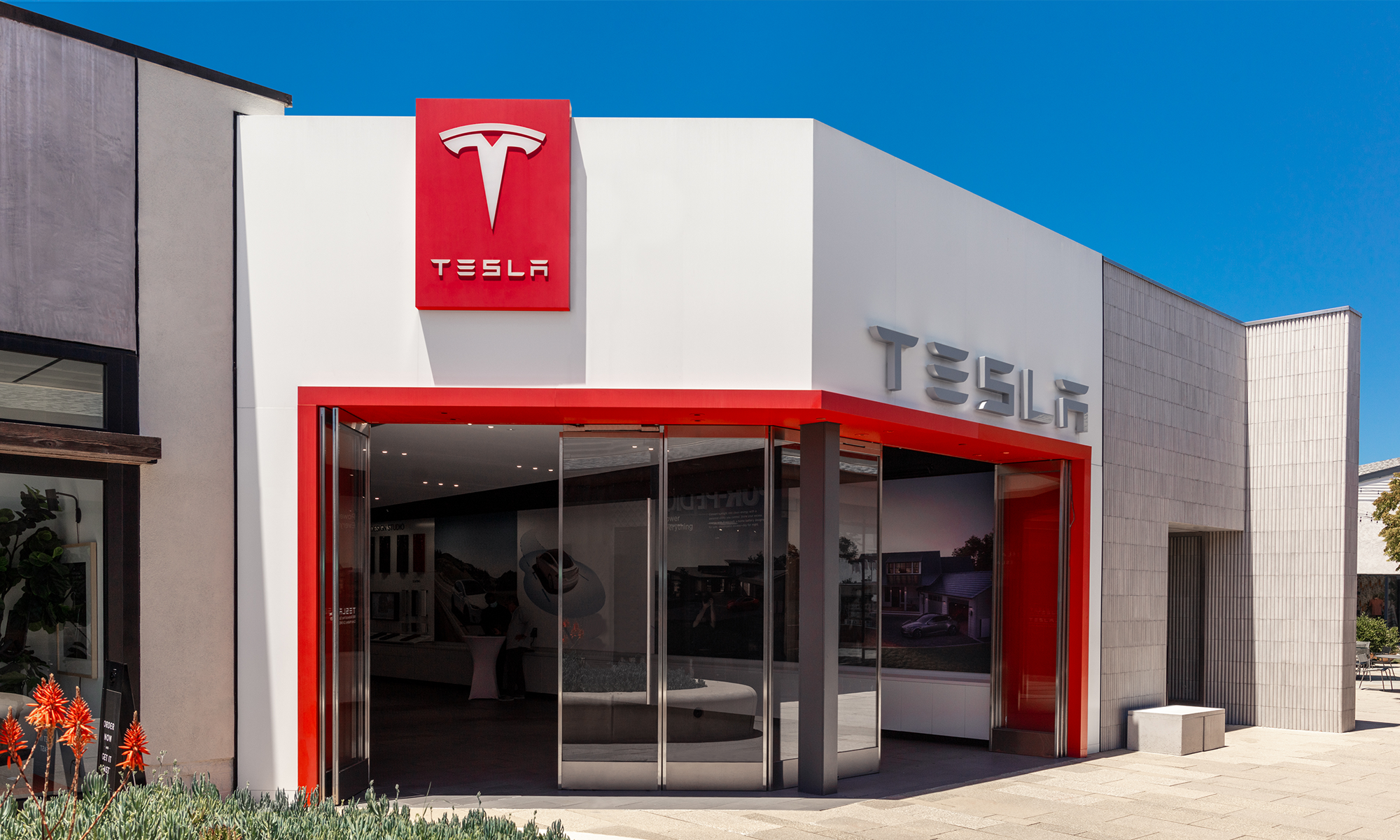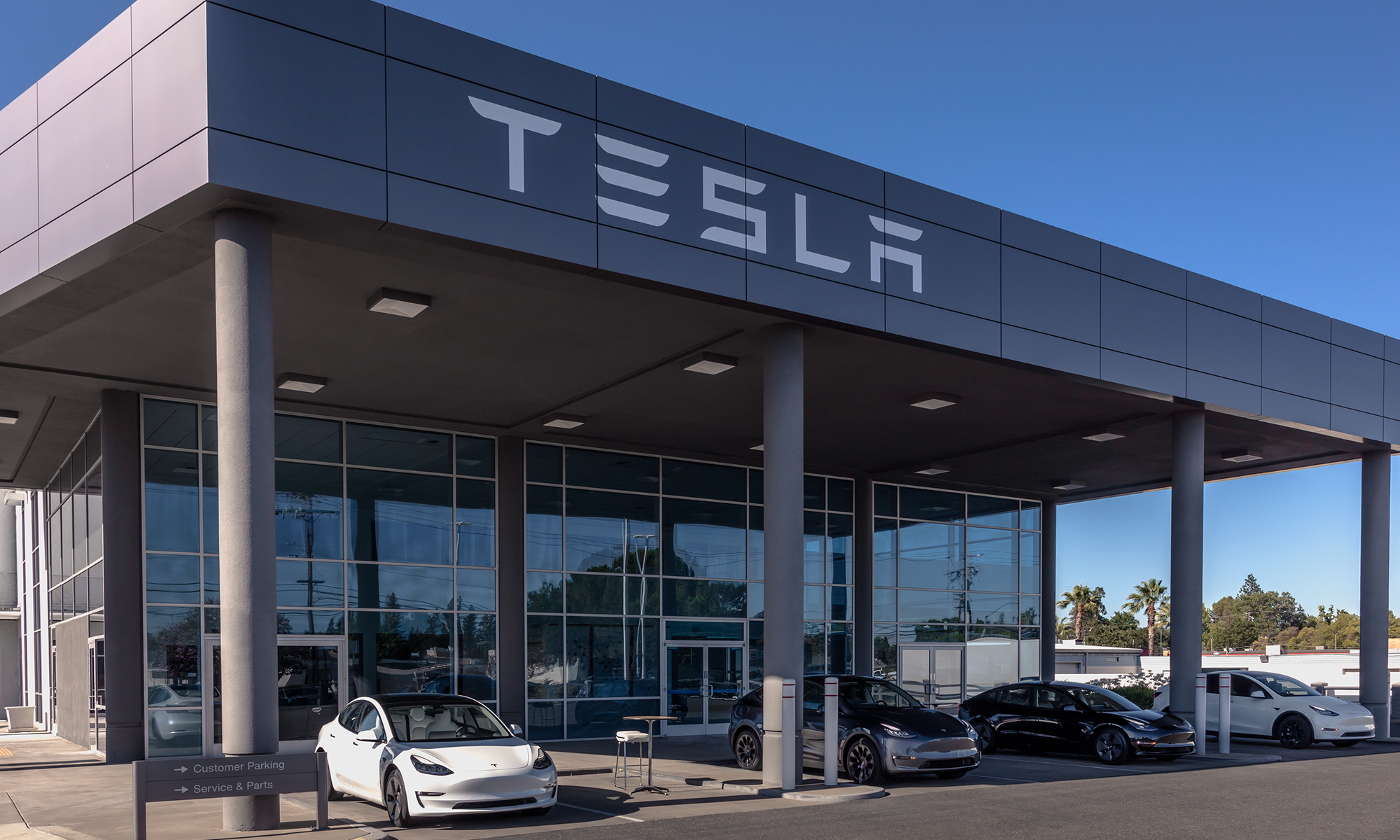After a tough first half of 2025, Tesla (TSLA +0.00%) is back in the spotlight. The company recently posted record third-quarter deliveries, and this week it unveiled "Standard" versions of the Model 3 and Model Y.
The electric-vehicle maker's timely launch of models priced below $40,000 may not only help sales trends in the near term, but it will also put more vehicles with self-driving technology on the road. This is important because Tesla is currently piloting an autonomous ride-sharing service called Robotaxi, which the company will eventually allow customers to deploy their self-driving-equipped cars into the fleet as part of a revenue-sharing program. In other words, these cheaper models -- assuming they help the company sell more vehicles -- are ultimately expanding the reach of the company's future Robotaxi service.

Image source: Getty Images.
Lower entry prices, same autonomy technology
On Tuesday, Tesla added new Standard variants to its two best-selling vehicles. These new standard versions of Model Y and Model 3, which can both drive over 300 miles on a single charge, boast starting prices of $39,990 and $36,990, respectively. Importantly, these trims ship with Tesla's camera-based hardware platform, which enables Full Self-Driving (Supervised) -- a feature that customers can activate via a subscription. In other words, even the lower-priced versions keep buyers on the same autonomy-ready path as premium trims.
Cheaper, self-driving-equipped models enhance the bull case for Tesla stock for two reasons.
First, affordability expands the pool of potential buyers. Cheaper entry points can nudge potential buyers who were unsure and could even potentially attract entirely new prospective customers. Additionally, the lower price is particularly relevant after the recent expiration of the federal $7,500 electric vehicle tax credit.
Second, every new car delivered with the latest self-driving hardware grows the base of vehicles that could eventually be deployed in Tesla's robotaxi network (when the software is ready and regulations allow). And on this note, Tesla's limited pilot of the Robotaxi program in Austin today shows that this isn't just a Tesla shareholder pipedream anymore; real-world testing is underway, even if it is still restricted.
A key catalyst
Recently, Tesla posted shocking third-quarter delivery numbers that obliterated analyst estimates. Vehicles during the period came in at about 497,100 -- a company record and up more than 7% year over year.
But there's a downside to posting such a good Q3. Deliveries for the quarter, which were positively impacted by a pull-forward in demand as customers scrambled to buy a Tesla before the $7,500 electric vehicle credit expired on Sep. 30, far exceeded production. The company produced a total of 447,450 units during the quarter (compared to deliveries of more than 497,000). This lag, combined with the lack of a $7,500 incentive, will likely weigh on fourth-quarter deliveries.
Thankfully, however, Tesla's new standard versions of Model Y and Model 3 should help offset at least some of the challenges associated with demand for the quarter (whether they help contribute to the period's production and delivery numbers is unclear).
Importantly, investors should note that though these new standard models are available to order today, the first deliveries won't occur until later this year. For the new standard Model Y, Tesla's website shows availability beginning in the November to December timeframe. The website shows standard Model 3 availability beginning in the December 2025 to January 2026 timeframe.

NASDAQ: TSLA
Key Data Points
While it's unclear how much the two new models will help Q4, one thing is clear: They'll almost certainly help boost volume in 2026 -- and their included self-driving hardware means they will help grow the company's Robotaxi-ready fleet. Ultimately, lower-priced, robotaxi-ready Tesla models support the long-term investment case for the growth stock. Lower entry points can accelerate fleet growth and shipping autonomy-capable hardware across that fleet bolsters the software monetization opportunity.
But there are some key risks for investors to keep in mind. The Robotaxi pilot is still limited in scope, and it's always possible that its rollout and the required regulatory approvals take longer than expected. Additionally, lower-cost models could pressure Tesla's profit margins. And finally, Tesla's valuation is high, with shares trading at more than 250 times earnings as of this writing. This means that much of the excitement surrounding lower-cost models, self-driving technology, and Robotaxi is already priced in.





